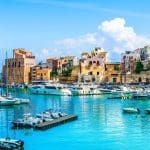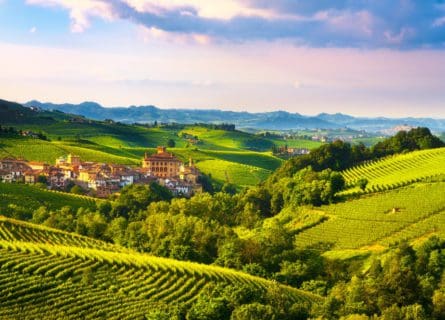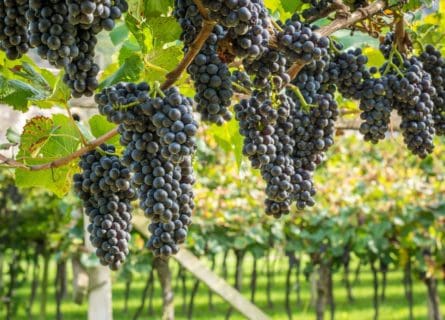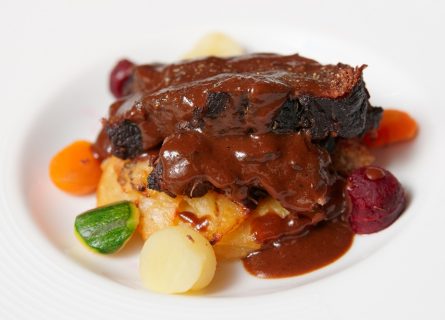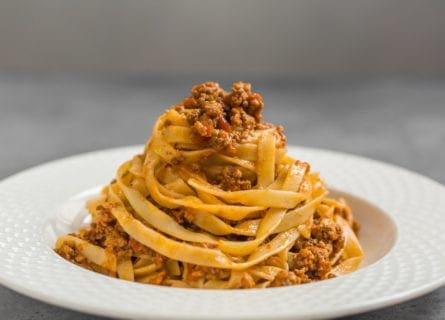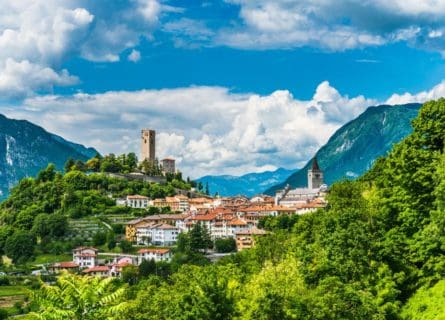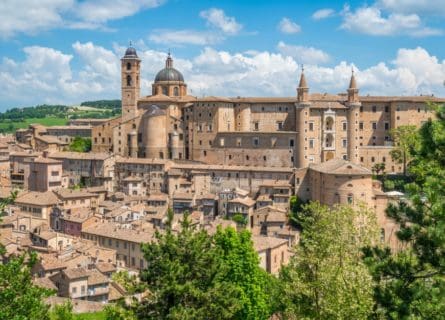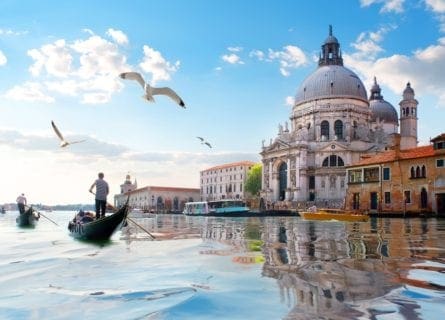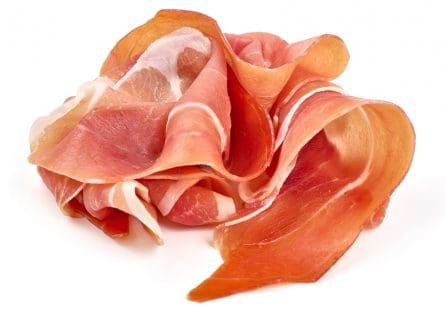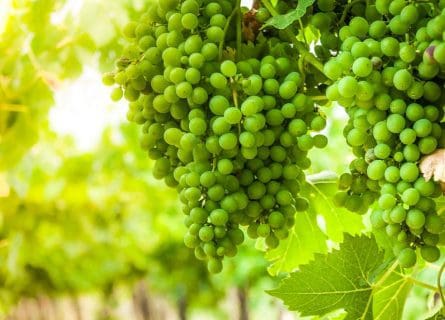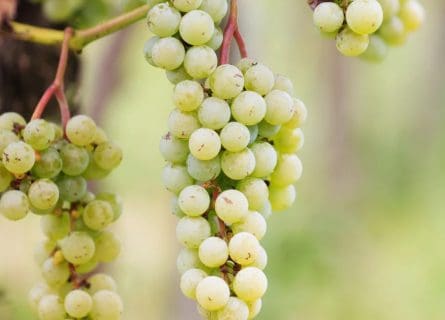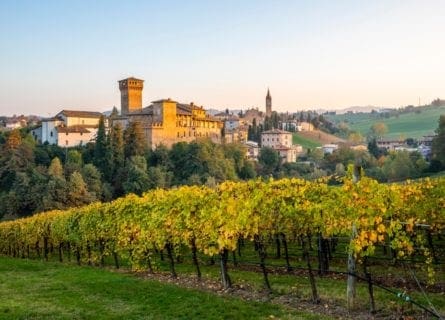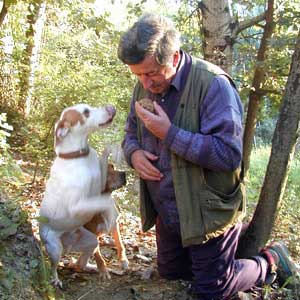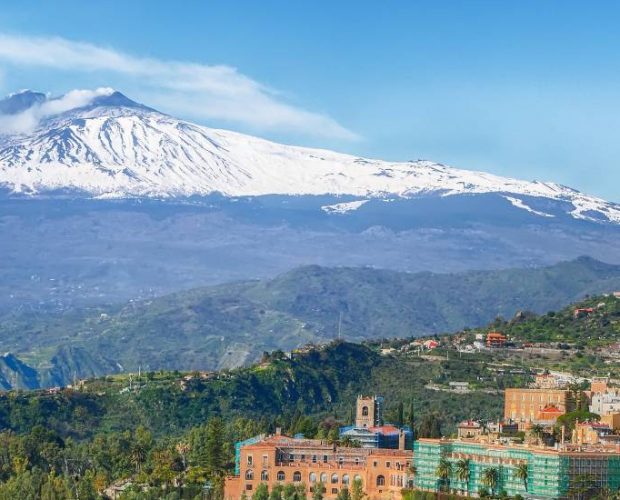
Palermo Travel Guide
Where Culinary Bliss Meets Cultural Marvels. Explore the Heart of Sicily's Vibrant Capital!
The capital of Sicily, Palermo, is a frenzied, pulsating city that wraps food, wine, and culture into one tempting package. Opulent (and decadently falling down) churches, romantic fountains, Baroque flourishes, and sunglass-clad locals lounging in cafes in piazzas- these all characterize Palermo. The town lies in a spectacular natural setting, enclosed by Monte Pellegrino and the beautiful Capo Zafferano in the south. This harbor city is a must for foodies as it boasts some of the best markets in the country, superb street food, some excellent ristoranti, and close access to many of Sicily’s most famous wineries (Donnafugata, Tasca d’Almerita, etc.).
-

Arancini rice balls Gastronomy & Wine
Palermo’s mixed bag of cultural influences has profoundly affected its cuisine. Many traditional Sicilian crops — lemons, tangerines, oranges, almonds, pistachios, grapes, and olives — were first introduced by conquerors. Even the iconic gelato has its roots in Arab sherbet. All this variety translates into pure pleasure for visiting gourmands. Pasta mixed with olives, red peppers, or capers leads to delightful sweet-and-sour seafood dishes, often featuring humble fish like anchovies or sardines and unexpected flavors like almonds, raisins, or fruit. Tuna and swordfish are also widely served. Delicious vegetable dishes are popular, too; one of the most typical is caponata, a casserole with eggplant, zucchini, olives, pine nuts, sugar, and vinegar.
Palermo is the ideal place to try a variety of Sicilian wines. The classic sweet Marsala is abundant alongside malvasias like Pantelleria and Lipari. Sicily is also gaining a reputation for dry white wines. Pair seafood with Catarratto-based Alcamo or wines from the DOC Etna, where producers like Benanti and Murgo are making excellent, aromatic wines. Beyond the DOCs, several innovative wineries are working with other grapes, like Inzolia, Grecanico, and even Chardonnay; the island’s most famous white wine is a barrel-fermented Chardonnay from the winery Planeta.
Red wines, however, may be Sicily’s future. The Nero d’Avola grape, a Syrah-like grape used both for blending and on its own, has received massive attention in recent years. Classic Sicilian reds, like Tasca d’Almerita’s Rosso del Conte and Corvo’s Duca Enrico, compete with producers who are relatively newcomers to the high-end red scene, like Morgante and Ceuso.
A Guide to the Gastronomy and Cuisine of Sicily: Read more
Nearby Wine Regions
-
 Explore Sicily's wine renaissance with tours of volcanic vineyards, tasting world-class wines, and embracing rich cultural heritage. Read more
Explore Sicily's wine renaissance with tours of volcanic vineyards, tasting world-class wines, and embracing rich cultural heritage. Read more
Highlights
-
Cattedrale
While Palermo has hundreds of churches and chapels, there is only one “cathedral” and dates back to the 12th century. Norman by foundation, it features architectural touches from as varied as 15th-century Catalan Gothic portals to Baroque cupolas to the 18th century Neo-Gothic dome. The treasury (Palermo Cathedral Museum) inside includes an amazing Imperial gold crown from Queen Costanza of Aragon, Spain, and many jewels. Absolutely gorgeous and “a must” while in Palermo. It is very close to the Palazzo Conte Federico, one of our favorite Palermo gems.
-
Vucciria Market
Without a doubt, one of the most intriguing markets in Palermo is the Vucciria (situated between Via Roma and Corso Vittorio Emanuele)-a treat for the gastronome’s eyes. Find delicacies like Sicilian blood oranges, Bronte pistachios, Sicilian Pecorino and “Formaggio Ragusano” (cheese from the Baroque town of Ragusa), capers from the Aeolian islands, Pachino tomatoes, plenty of “Pesce Spada” (swordfish), “Tonno” (tuna, especially from Favignana), Modica chocolates. Also on offer are aromatic street food like “Panelle” (delicious deep-fried garbanzo patties), “Pani Ca´Meusa” (warm rolls stuffed with calf’s spleen- tastes better than it sounds!) and “Arancini di Riso” (deep-fried rice balls often flavored with raisins and meat). This market is so entrenched in the local psyche that a colorful expression in Sicilian dialect says “Quannu s’asciucanu li balati di la vucciria,” which translates as “When the streets of the Vucciria dry up” and colloquially means “When pigs fly”- i.e., when something is highly unlikely. While in Palermo, pick up a print of Renato Guttoso’s famous painting “La Vucciria.”
-
Palazzo Reale
The Royal Palace on the Piazza Indipendenza, now the seat of the Sicilian Parliament, hides a beautiful 12th-century chapel where you can see mosaics and a great example of Arab-Norman architecture. Elsewhere in the palace, seek out King Roger’s opulent, mosaic-dripped bedroom, the Sala di Ruggero.
-
Palermo Sottosopra
Underground Palermo! You can actually tour the ancient “Qanat” (manmade underground canals dating to the Norman period in Palermo, the technology dates back to Ancient Persia).
-
Capuchin Catacombs
Macabre, eerie, spooky. They’re all words that aptly describe the underground tombs here, which date to the end of the 16th century. The bodies of Capuchin monks and others were preserved in the catacombs in a horror-movie-worthy style.
-
Teatro Massimo
This Neoclassical opera house, finished in 1897, is a symbol of the unification of Italy and, for film buffs, is where the final scene of The Godfather III was filmed. They hold all manner of opera and music events and festivals, and it is well worth making the effort to attend a show here.
-
La Martorana
A favorite of many Palermitans, this Arab-Norman church has an imposing bell tower and a beautiful mosaic interior. Named after Eloisa Martorana (founder of a Benedictine chapel close by), this church was erected under George of Antioch (an admiral in Roger the Second’s fleet).
-
Chiesa di San Cataldo
Also done in the iconic Arab-Norman style, this church has a distinctive dome and stands next to La Martorana.
-
Chiesa di Santa Caterina
Its Baroque dome is among the city’s most beautiful.
Recommended for you
More information
If you would like us to customize an exclusive luxury tour, contact us and let us know your travel plans. We offer luxury food and wine tours for private groups of a mininium two guests. In addition, all of our private, chauffeured tours are available year-round upon request.

